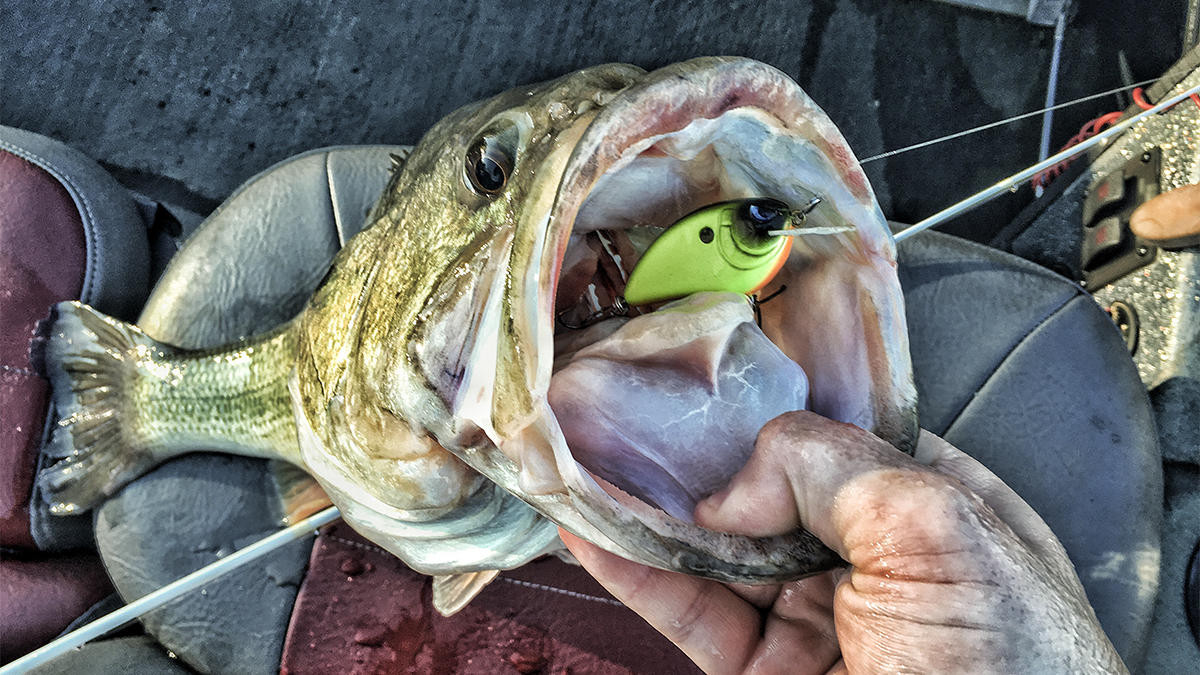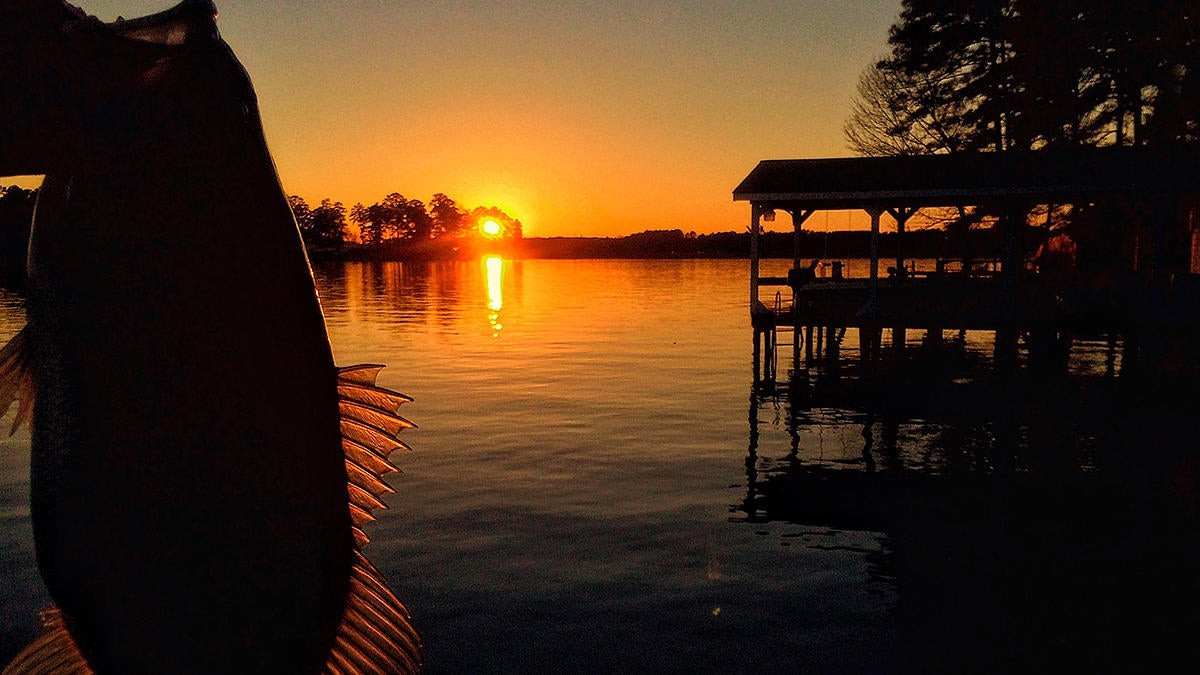Prespawn bass fishing is, by far, my absolute favorite thing to do. When the water temperatures are between 45 and 58 degrees, the fish are relatively easy to fool and they weigh heavier than they will throughout the rest of the year. In my opinion, however, many anglers wait too long to start targeting these prespawn bass. They move towards their staging spots a lot earlier than you’d think and if you find ’em early, it can be the most insane bite you’ve ever been on. Heck, just two years ago I caught a 28-pound limit in early February with the water temperatures in the mid 40s. I guess I should mention that all those fish came on a topwater lure, too.
I got on that bite because I lucked up and got ahead of the bass. Instead of chasing after them throughout the prespawn period, I was waiting on them and they were steadily coming to my areas for about four weeks. Essentially, I was on the “right” side of the prespawn as I call it.
Because this bite is going to be cranking up fairly soon in many parts of the country, I wanted to put together a few clues that can help you stay on top of the fish and maximize the prespawn period. Hang in there with me and I think you’ll catch some giants.
Color is a dead giveaway
Before you release any bass you catch, pay very close attention to its color. This is often the first clue you’ll get that lets you know you’ve got fish coming to you.
If the fish has very little color and a dull white hue to it, you’re dealing with a fresh fish that just moved up from its wintering hole. In that deeper and colder water, they don’t get as much light penetration which results in a whiter color. If you’re catching bass that have a vibrant, green color to them, you’re catching bass that have been shallow for a while which can mean you’re behind the game a little bit.
There’s nothing that gets me more excited than catching pale-colored bass this time of year. In my mind, it means there are a lot more big ones on the way. It also means that I can expect a consistent pattern for the next few weeks, barring any crazy weather fronts.
Tail condition
While you’re unhooking your bass, make a mental note of its tail condition. I’m a big believer that the biggest bass in the lake are often the first ones to move up and stage during prespawn. Now, I’m not a biologist, but I feel like those big females move up on the first big moon and while they don’t always spawn during that first wave, they’re scouting the area looking for a suitable place to drop eggs in the very near future.
I’ve watched ’em fan their tails in a foot of water in 44-degree water temperatures before which is what clued me into this. It was the nastiest day of January with horrible wind and bitter air temperatures, but there she was; a 7-pounder up in the dirt.
So any time I catch a bass with a bloody tail, I take that as a good sign. It means they’re moving shallow and they have romance on their mind. And if I’m being honest, when you run across the first wave of these early prespawners, they’re some of the dumbest fish in the lake. They will bite just about anything and you can have an unbelievable few days on the water. It’ll almost feel like a dream come true, so keep an eye out for those pale fish with bloody tails.
Pot bellies
This is something that can be a big-time clue when you’re trying to figure out the prespawn period. I’m always going check their bellies before I release them. If they’re skinny and look like a windsock, I assume that fish has already spawned which means I might be behind the pattern. Instead of catching fresh prespawners, I might be better off to go search some of my favorite post-spawn spots.
If your fish have big ol’ pot bellies, however, you’re in business and can expect your pattern to remain consistent for a few weeks. To figure out exactly how long the prespawn deal will last is impossible, but you can take an even closer look at their bellies to get an additional clue. Right when the bass begin moving up into prespawn staging areas, they’ll often put their bellies right on the bottom of a red clay bank. These clay banks conduct and hold heat better and longer than most other bottom compositions, which makes them an excellent place for a bass to warm their egg sacs. So before you release that bass, make sure to look at its belly for any discoloration. You’ll literally see red clay stains on their stomachs which means they just moved up and are beginning to get romance on their minds.
Where did you catch it?
It’s important to consider where you’re actually getting most of your bites. Ideally, I like to find prespawn bass on shallow water adjacent to deep water because these are the areas they normally start staging on first. Those big females don’t get big by being dumb. Adjacent deep water gives them the ability to quickly change their living situation with just a few kicks of their tail.
The early prespawn period is notorious for bringing some weather fronts and these areas allow bass to adjust to them quickly. If a cold front comes through, the bass can just slide off the break line and wait for the barometric pressure to lower. When the front passes and the bass want to warm those egg sacs once it gets sunny, they can move right up into the shallows without wasting any energy.
If you find yourself wandering into the back of a pocket and catch a big female, that’s when you might want to stop and reassess your plan of attack. The bass might be much further along than you think, which means the magical prespawn period might be coming to an end.
While there are no guarantees around bass fishing, I’ve found these tips to be quite useful whenever I’m targeting prespawn bass. I look forward to this period all year long and I’ve enjoyed some unforgettable days utilizing these tips. Although this article may be a little bit of a “brain dump”, I wanted to take you through exactly what I’m thinking as I’m looking for those 25-pound limits this time of year. Give these pointers an honest chance whenever the water temperatures are between 45 and 58 degrees… I bet you’ll catch some giants.
















